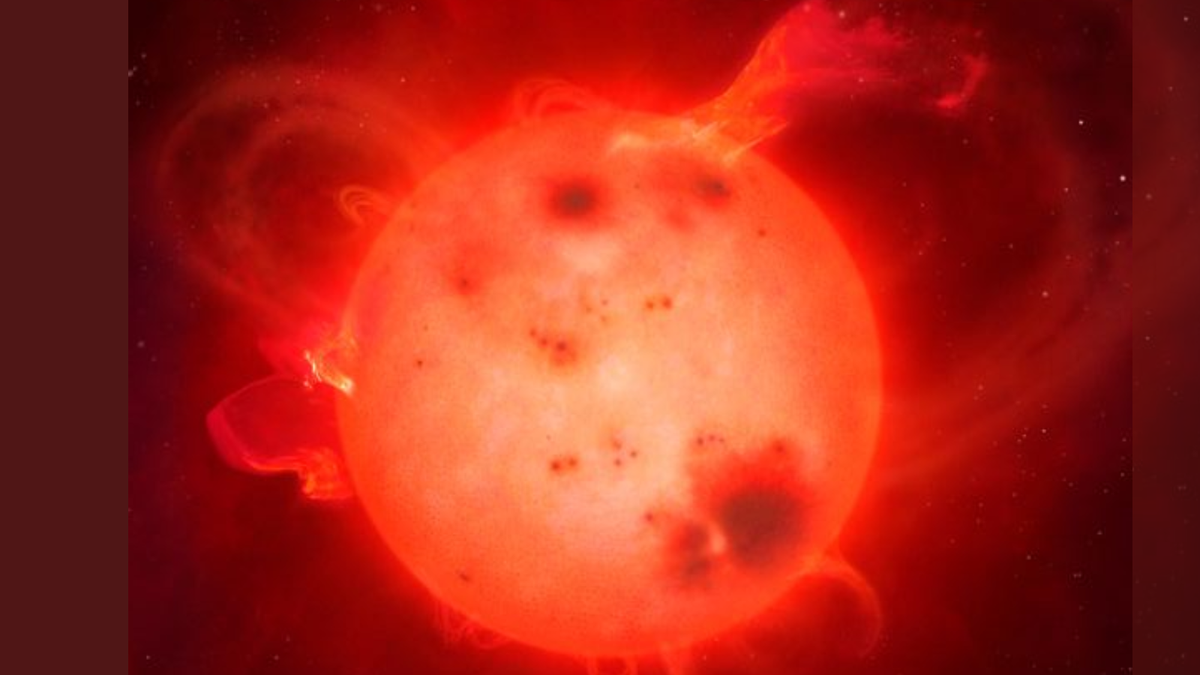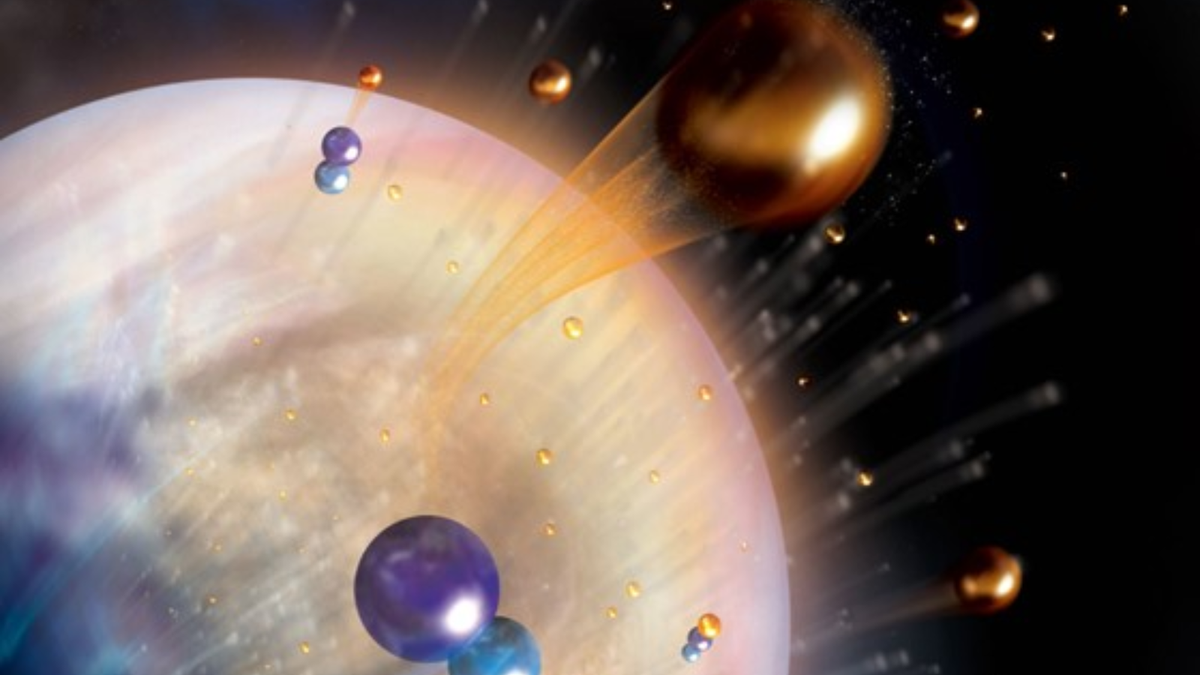Understanding the Risks of Superflares
The sun, our nearest star, is no stranger to releasing bursts of energy known as solar flares. While these solar flares have the potential to disrupt communication systems and power grids on Earth, we should consider ourselves fortunate that our star does not produce superflares.
Superflares are explosions on stars that can be 100 to 10,000 times more powerful than even the most energetic solar flares. If our sun were to generate a superflare, it could have devastating consequences for our planet, impacting our atmosphere and all life forms that depend on it. Fortunately, superflares are typically observed on stars located so far away that they appear as distant specks of light in the night sky.
Stellar Detective Work
To better understand the mechanisms behind superflares, a team of researchers from the Mackenzie Center for Radio Astronomy and Astrophysics in Brazil and the University of Glasgow’s School of Physics and Astronomy in the U.K. focused their study on two leading suspects believed to be responsible for these violent eruptions.
The researchers analyzed 37 superflares in the Kepler-411 binary star system and an additional five from the star Kepler-396. By studying these events, the team aimed to unravel the mysteries surrounding superflares and shed light on their origin.
The Suspects: Blackbody Emission vs. Hydrogen Recombination
One common model for explaining superflares involves treating the radiation emitted during these events as “blackbody emission,” a term used to describe radiation in equilibrium with its surroundings. This model suggests that superflares have a temperature of around 17,500 degrees Fahrenheit (9,700 degrees Celsius).
However, an alternative model proposes that superflares result from hydrogen atoms being ionized and then recombining with electrons to form neutral hydrogen atoms. The research team’s analysis favors this hydrogen recombination model as a more plausible explanation for the energy levels observed in superflares.
The researchers argue that the blackbody emission model falls short when it comes to explaining the energy transport mechanisms involved in superflares. They point out that existing energy transport processes observed in solar flares are insufficient to account for the extreme energy levels associated with superflares.
Implications and Future Research
While the hydrogen recombination model provides a more physically consistent explanation for superflares, its connection to these phenomena has yet to be confirmed through observations. Nevertheless, the researchers believe that their study makes a compelling case for further exploration of the hydrogen recombination model in future superflare research.
The team’s findings were published in The Monthly Notices of the Royal Astronomical Society, adding valuable insights to the ongoing quest to understand the nature of superflares and their potential impact on celestial bodies.
Image/Photo credit: source url





